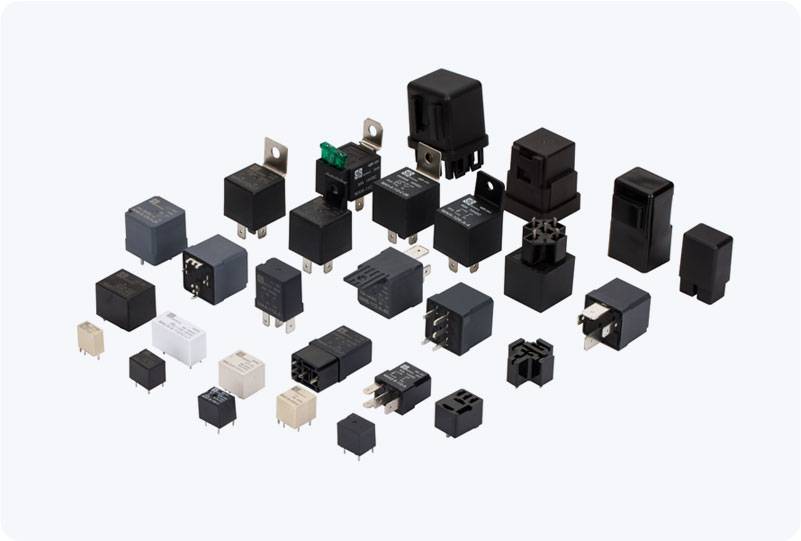The automotive industry is undergoing a remarkable transformation with the rise of New Energy Vehicles (NEVs). As the world increasingly turns its focus to sustainability and reducing carbon emissions, NEVs have become a key player in the race towards greener transportation. Within this revolution, the implementation of Solid State Relays (SSR) is playing a crucial role in improving the performance, safety, and efficiency of these innovative vehicles. SSR technology, although widely used in industrial and commercial applications, is now making its mark in the rapidly evolving electric vehicle (EV) sector.

The Role of SSR in New Energy Vehicles Solid State Relays (SSR) are electronic switching devices that control the flow of electrical current without the need for mechanical parts. Unlike traditional electromechanical relays, which rely on physical contacts to switch circuits, SSRs use semiconductor components such as triacs, thyristors, or transistors to achieve the same purpose. This unique feature makes them more durable, reliable, and faster than conventional relays, offering a variety of advantages for NEVs. One of the primary applications of SSR in NEVs is in the management of high-power electrical systems within the vehicle. Electric vehicles rely on a complex network of power management systems to control everything from battery charging and discharging to motor control and thermal management. SSRs play a key role in ensuring that these systems operate efficiently and safely.